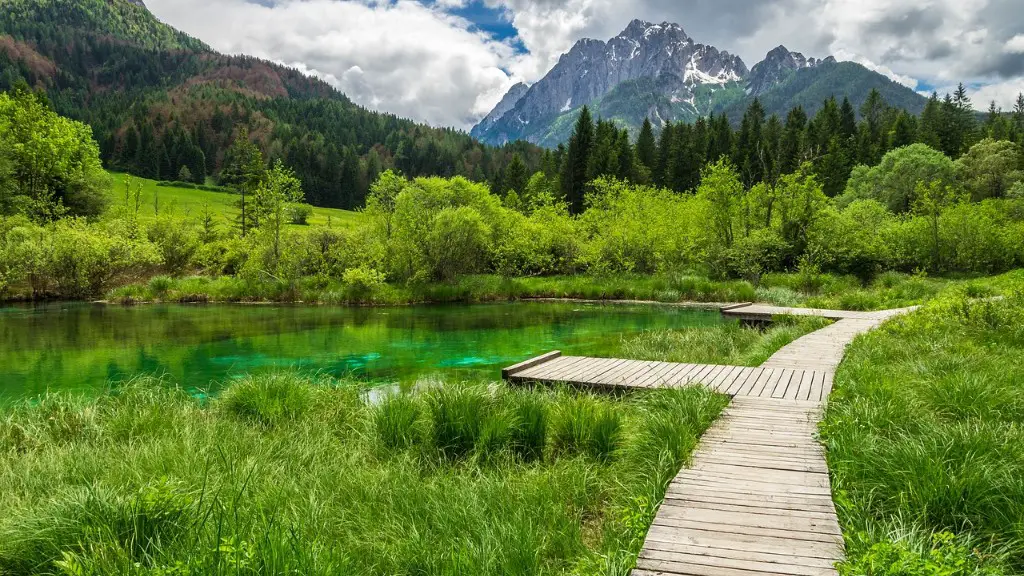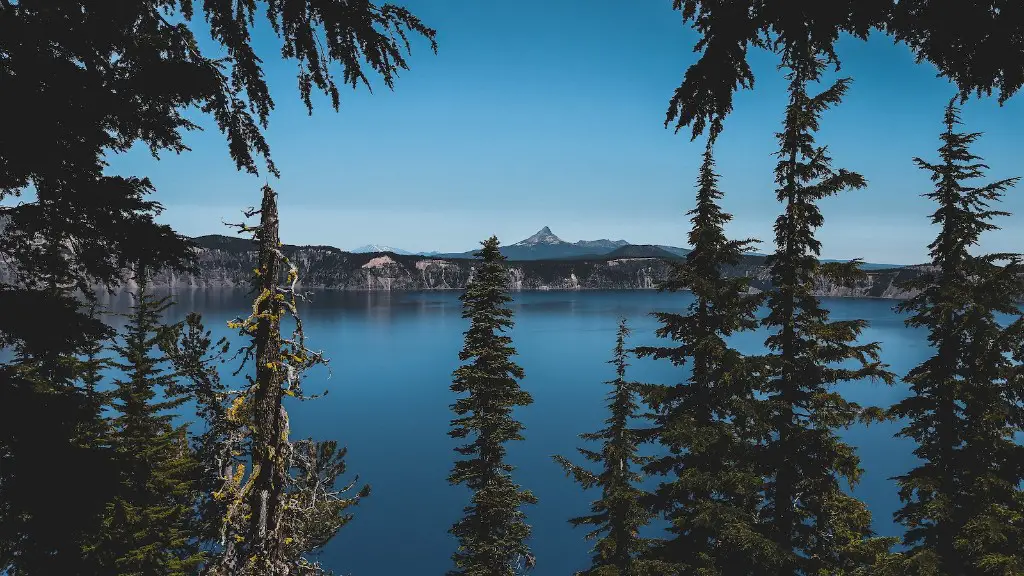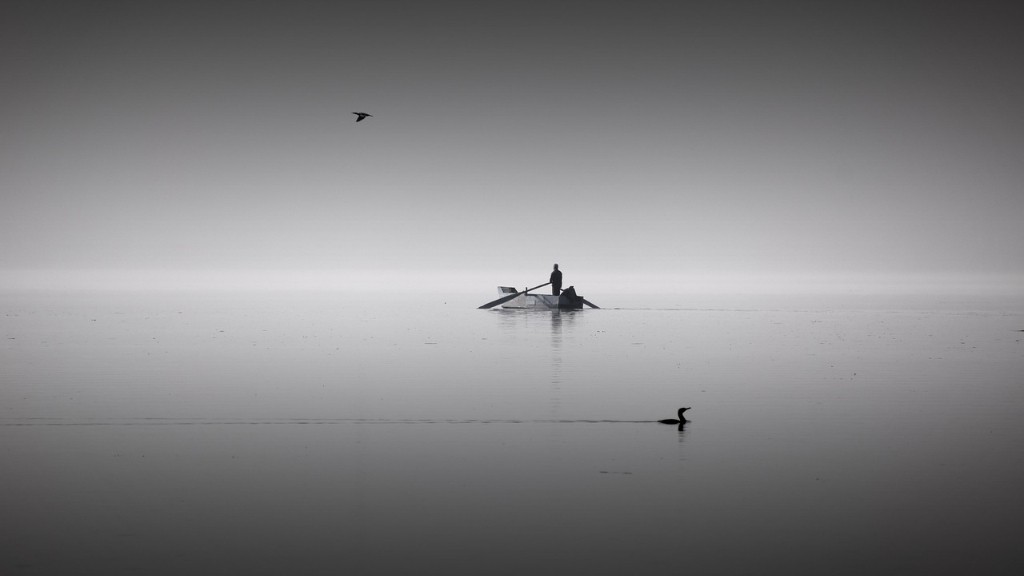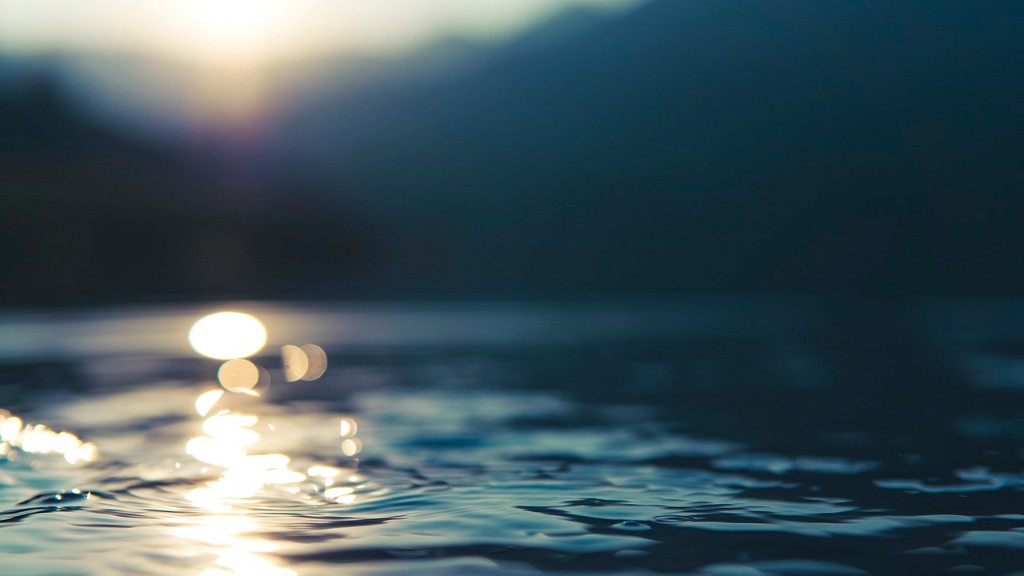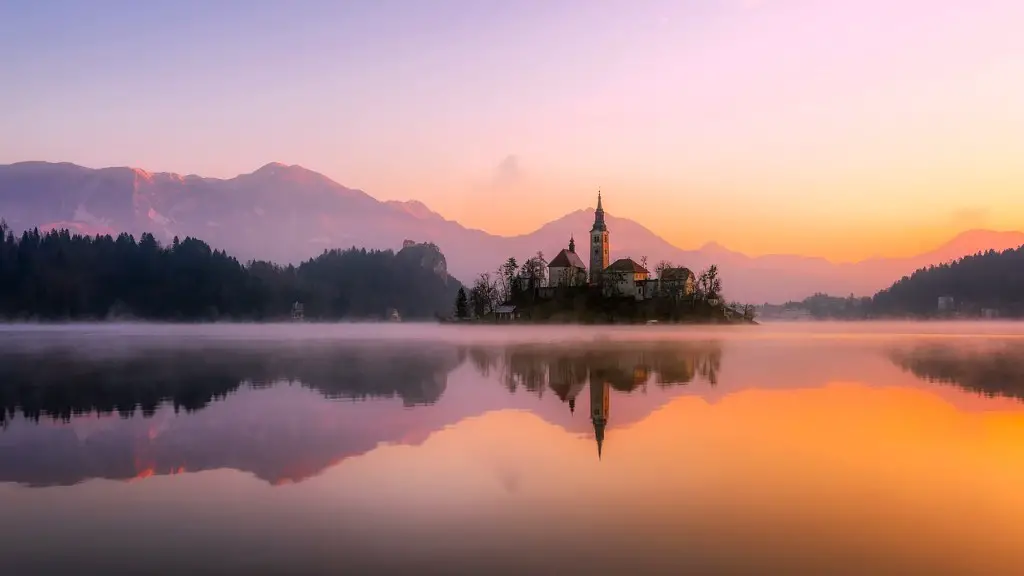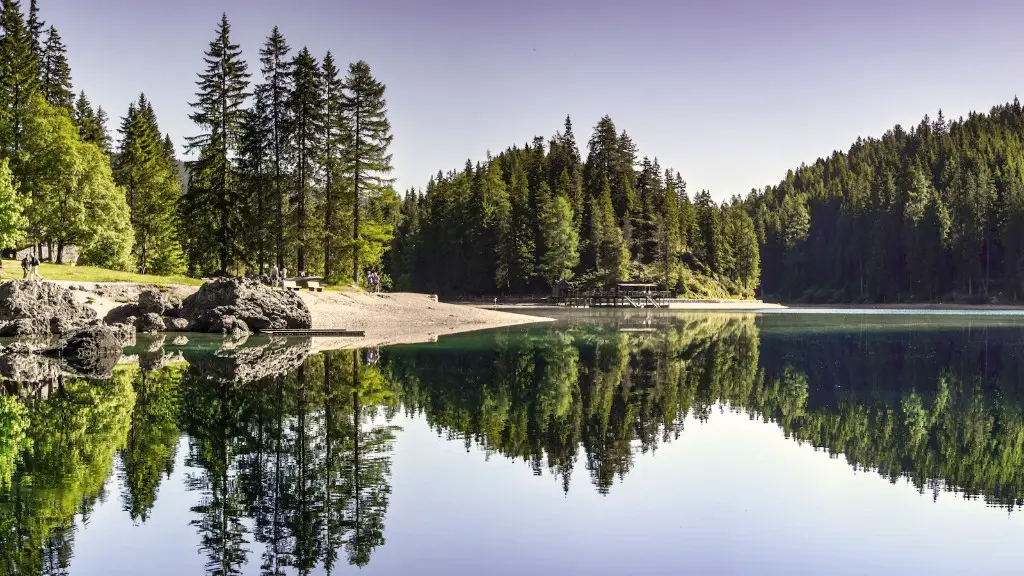Lake Huron is the fifth largest lake in the world, located in the Great Lakes basin. It is surrounded by the Canadian province of Ontario and the U.S. states of Michigan and Wisconsin. Huron covers an area of 23,000 square miles, making it the second largest lake of the Great Lakes by surface area. It is 227 miles long, 73 miles wide at the widest point, and has a maximum depth of 750 feet.
Formed by ancient glaciers, the Lake Huron was carved out of the Earth millions of years ago. Its basin is home to thousands of species of plants and animals, and its abundant fish populations have been a crucial source of food for generations. It is also one of the most important sources of fresh water in the world, providing drinking water for millions of people as well as hydropower for numerous industries.
Lake Huron has given its name to the Great Lakes region and has been the site of historic exploration and trade. French explorer Samuel de Champlain was the first to map the lake, naming it Lac des Hurons (Lake of the Hurons) after the native people who lived in the area at the time. The lake has played a critical part in North American history and Indigenous culture, providing access to fur trade routes and transportation routes between Canada and the United States.
Today, Lake Huron is an important recreational destination, drawing millions of visitors to its shores every year. Boating, fishing, swimming, and kayaking are all popular activities. Its clean and clear waters, combined with its rich maritime environment, make it one of the most popular tourist destinations in the Great Lakes.
Lake Huron is home to some of the most beautiful sights in North America. Its many islands and coves are perfect for exploring, while its rugged coastlines and powerful waves provide a unique experience for travellers. The lake also has a unique and diverse habitat, with a wide variety of plant and animal life.
However, Lake Huron is not without its problems. The lake has faced numerous environmental challenges, including water pollution, toxic algae blooms, and the effects of climate change. Overfishing has also placed excessive strain on local fish populations. In addition, foreign invasive species – such as the sea lamprey – have disrupted native fish populations and caused significant damage to the lake’s ecosystem.
Protecting Lake Huron
The Canadian and American governments have taken steps to address the environmental issues facing Lake Huron. In the United States, the Great Lakes Restoration Initiative provides funding to restore key ecosystems and prioritize habitat protection. In Canada, provincial laws have been established to protect native species and habitats, while efforts have been made to reduce water pollution and combat invasive species.
Nonprofit organizations and grassroots groups have also been working to protect the lake and its environment. These activists have raised public awareness of the importance of Lake Huron, and have pushed for the adoption of protective measures. Environmental consciousness has become increasingly common in the region, with many people donating their time to clean up the shorelines, help save threatened species, and monitor water quality.
Restoring Lake Huron will take time and effort. However, with continued policy action and grassroots support, it is possible to protect and preserve this unique ecosystem for generations to come.
Improve Water Quality
Water pollution is a major threat to Lake Huron. Pollutants from factories and agricultural runoff are entering the lake at an alarming rate, and these pollutants can have a devastating effect on the native species living in the lake. To safeguard the lake, local governments have implemented regulations to reduce the amount of pollutants entering the lake.
In addition, many citizens and organizations have contributed to efforts to reduce water pollution in the lake. Volunteers have been working hard to clean the shorelines and organize beach cleanups, while communities have been engaging in educational outreach to raise awareness of the issue.
Non-profit organizations and industry groups have also taken steps to reduce their water use and improve water efficiency. By implementing more efficient water usage practices, they have been able to reduce their impact on the lake’s environment.
These efforts have had a positive impact on the lake’s environment. Water samples taken from the lake show that the water quality has improved significantly in recent years.
Reduce Invasive Species
Invasive species can have a catastrophic effect on the Lake Huron ecosystem. These non-native species are often more successful in feeding, reproducing, and surviving than local species, and they can cause significant disruption to the delicate balance of the lake’s environment. To protect the lake from invasive species, governments have implemented strict regulations and bans on the introduction of foreign species into the lake.
Citizens, environmental organizations, and industry groups have been organizing to protect the lake from invasive species. Volunteers have been monitoring the lake and rivers for signs of invasive species, while educational campaigns have been launched to raise awareness of the issue. In addition, a number of organizations have been working to restore native species populations, as well as identify and remove invasive species from the lake.
By controlling the introduction of these species into the lake, and increasing population numbers of native species, it is possible to protect the lake from the harm caused by invasive species.
Preserve Natural Habitats
The lake provides a home for countless species of plants and animals. As such, it is vital to protect the lake’s natural habitats from destruction and degradation. To this end, local governments have implemented regulations to stop the destruction of habitats, while also restricting activities such as fishing and hunting.
Environmental organizations, grassroots activists, and local citizens have all been working to preserve the lake’s habitats. They have been organizing campaigns to raise public awareness about the importance of preserving the lake, and have advocated for government protection of key habitats. They have also been engaging in projects to restore habitats and foster ecological diversity in the lake.
By preserving the lake’s natural habitats, we can ensure that the lake’s ecosystems remain healthy and sustainable for generations to come.
Conclusion
Lake Huron is a unique and beautiful ecosystem, and it is our responsibility to ensure its continued preservation. With continued support from citizens and government, it is possible to protect the lake from environmental damage, restore its habitats, and improve its water quality. By protecting Lake Huron, we can ensure that it remains an important source of life in the Great Lakes region for generations to come.
